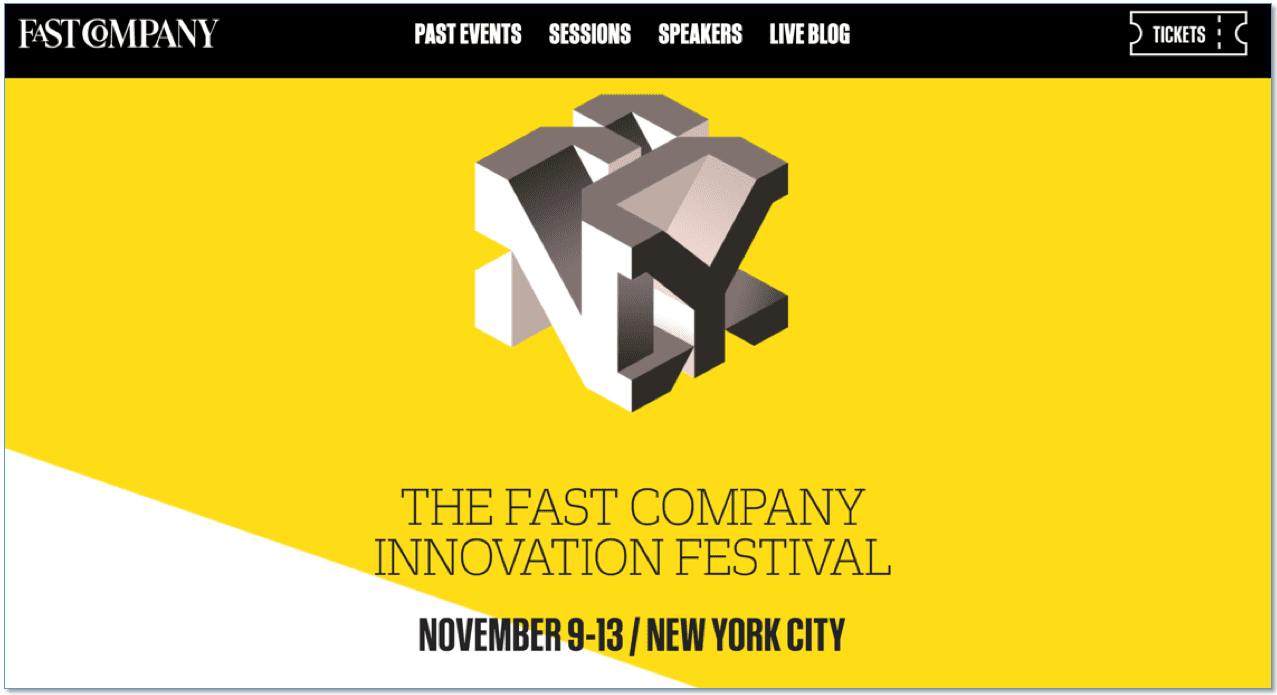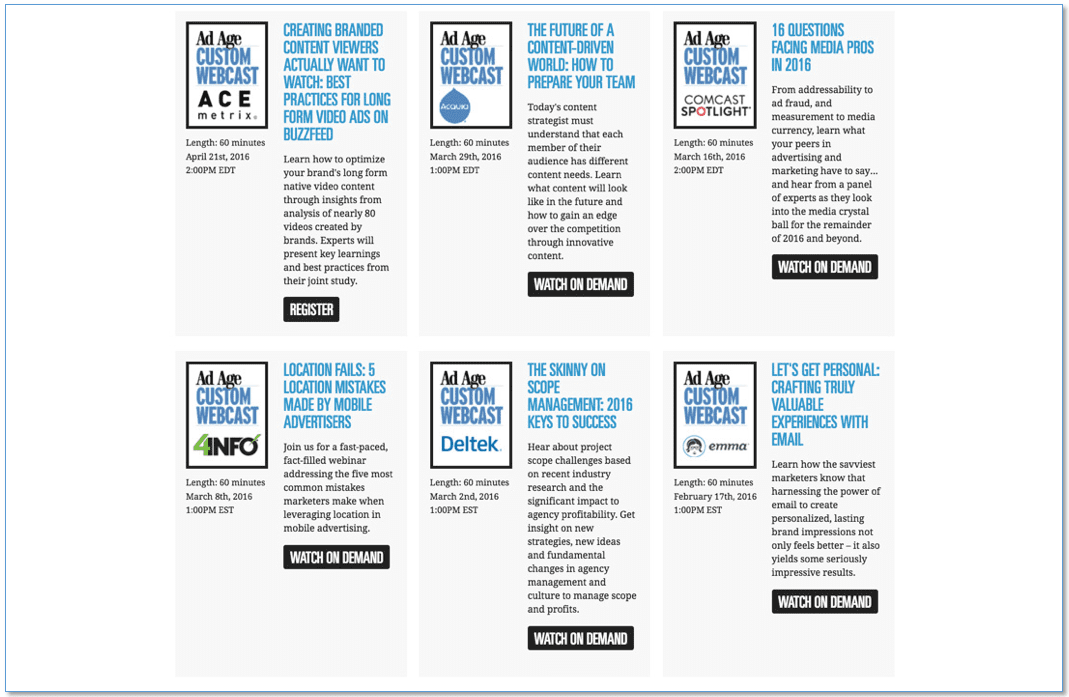Smart media companies know how important it is to continually test new revenue streams. Technology is evolving faster than ever, with new devices and content channels making their way to digital audiences every few years.
Meanwhile, consumer expectations are soaring: they want access to services faster and at a higher level of quality than ever before.
These macro-level trends are the reason why display ad revenue is on the decline. Internet-wide, audience attention spans are shrinking, and readers want to make the most out of every moment, whether they are researching, browsing content, or learning something new.
Why not use these shifting market dynamics to test new monetization channels? Here are five ideas to try.
(1) Create Premium Content

Think about why people read your content. Maybe they’re curious about a topic or are just looking to browse. Regardless, they come to your website to learn and discover new information. Why not offer them additional, premium educational content, such as courses or case studies?
Take a look at The Harvard Business Review’s online store and The Economist’s Learningly. While HBR sells a mix of tools, case studies, and articles, Learningly offers online courses which instruct users on a variety of business skills. These are just two examples in a wide range of premium content products that your company can offer.
Come up with a few ideas by looking at your most popular headlines or conducting a survey from your loyal readers. You can also look at which articles are shared the most, or which topics attract the most time and attention from your audience.
(2) Host Events and Conferences for Regular Readers

By producing great content, lots of media companies inadvertently create informal communities of engaged and passionate followers. Why not bring that online audience together by hosting an offline event?
Publishers like Fast Company, Digiday, and The Wall Street Journal have found success hosting their own in-person conferences. From a content planning perspective, the formula is simple: (1) identify themes and topics that are important to your most engaged readers; (2) come up with a panel of speakers and workshop leaders to address relevant topics; and (3) figure out which of your existing content can build a marketing funnel to recruit and secure event registrations.
If you don’t have the budget to launch a full-fledged event, start small. Host a few community-led meetups at your office — like the popular TEDX events which are satellites for the central TED conference — and see what interest you’re able to generate. (If you’re looking for a more comprehensive guide on how to host your own meetup, check out this resource from Buffer.) From there, decide whether a larger conference might be able to generate the return-on-investment you’re looking to achieve.
(3) Offer Unique Native Ad Opportunities to Advertisers

From a content creation perspective, you likely have a set of strengths and value-adds that you can offer your audience. BuzzFeed, for instance, has a knack for creating interesting listicle-style content. AdAge offers an authoritative perspective into the ad industry. Both represent examples of publishers who are translating their content creation strengths into compelling native advertising offerings.
BuzzFeed creates promoted listicles around its consumer-friendly writing style. AdAge works with marketers on sponsored webinar packages that leverage the publisher’s authority in digital media. Other publishers and media companies can replicate this success by identifying and leveraging their own strengths to come up with unique ways for advertisers to engage with targeted audiences.
(4) Strategically Drive Audiences to High-Value Pages

Are some of your content pages monetizing better than others? Perhaps video is a top priority because you can take advantage of higher-rates on pre-roll advertisements. Or maybe there is a branded content campaign to which you need to drive traffic. Regardless of the situation, a simple step is to think strategically about directing users to these high-value parts of your site.
Content discovery platforms (like Taboola) use predictive algorithms to match users with the items they are most likely to be interested in consuming next. Publishers can select and index dozens of pages that are valuable to their business, and use Taboola to recommend only the most relevant items to the right users at the right time. By driving video fans to high-value video pages, and users who are in-market for a particular product to relevant on-site or off-site branded content, publishers both improve the on-site experience for their readers and maximize the potential monetization of every visit.
(5) Use New Technology to Personalize Your On-Site Experience

Savvy digital publishers recognize that different audiences require different user experiences to stay interested in their content. Visitors who land on a site through its homepage are more likely to prefer a clean user experience, while visitors from Facebook tend to be more flighty and therefore necessitate a guided experience to intrigue them, keep them on site, and drive them through a company’s conversion funnel.
There are a variety of technologies available to help publishers tap into the power of personalization, without exhausting too much time or resources. Taboola works with publishers on leveraging predictive technology to personalize the on-site experience for valuable user segments, such as homepage visitors, social and search traffic, social influencers and more. Through its global partnership with RT, Taboola has collaborated with business, editorial, and product teams on customizing the on-site experience for frequent vs. infrequent video viewers, and the effort has already generated a 27 percent increase in engagement and 23 percent boost in revenue.
Exit intent technologies like Bounce Exchange and Evergage can also use behavioral signals to match users with personalized calls-to-action. By strategically recommending email sign-ups, purchase icons, or social share buttons to the people most likely to engage with them, publishers can more efficiently convert visitors into loyal and engaged users.
Final Thoughts
From crafting new product offerings to optimizing existing sources of monetization, publishers are in a strong position to outrun and outpace the revenue hurdles that are affecting the media industry. Focus on the big picture and the small details to come up with a winning, long-term strategy for your media brand.